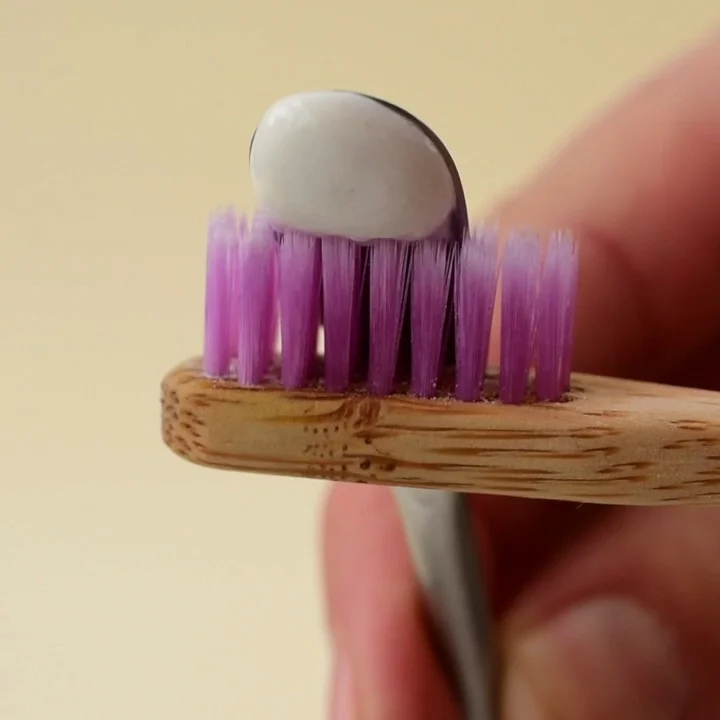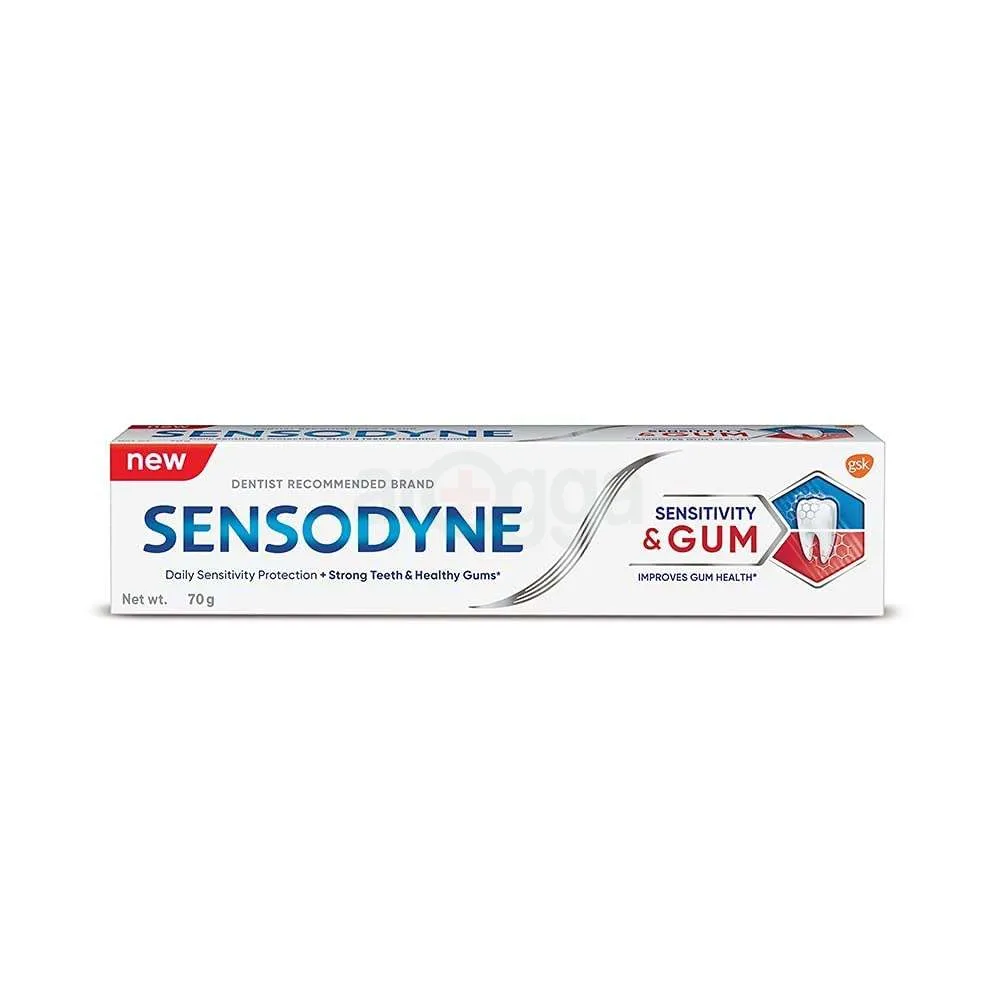
Post-Tooth Extraction Care: When to Use Toothpaste
Can You Use Toothpaste After Tooth Extraction?
Tooth extraction is a common dental procedure. People often worry about proper aftercare. One of the frequently asked questions concerns toothpaste usage. It is essential to understand how toothpaste can impact the healing process. Proper oral care is crucial after any dental surgery. This blog will explore whether you can use toothpaste after tooth extraction.
Importance of Post-Extraction Care
After a tooth extraction, proper care is necessary.Can I use toothpaste after tooth extraction?It aids in healing and minimizes the risk of complications. The extraction site needs special attention. Blood clots form to protect the area. Disturbing these clots can lead to dry socket, a painful condition. Therefore, patients should be cautious about what they put in their mouths.
Oral hygiene remains essential, even after an extraction. However, patience is key. The first 24 hours post-extraction are critical. During this time, avoiding certain activities is crucial. These activities include rinsing, sucking on straws, and brushing the extraction site. The focus should be on letting the area heal.
After the first 24 hours, patients can adopt a gentler oral hygiene routine. Brushing teeth is encouraged. However, caution is necessary around the extraction site. This is where the choice of toothpaste matters. Gentle, non-abrasive toothpaste is ideal in this situation. However, knowing when to start using toothpaste is vital.

Types of Toothpaste to Consider
Toothpaste comes in various types, each with unique properties. Non-abrasive toothpaste is preferable after extraction. Such toothpaste does not irritate the healing gums. Most sensitive toothpaste options are good choices. Can I use toothpaste after tooth extraction?These options typically contain fewer harsh ingredients. They are formulated to minimize discomfort.
Additionally, fluoride toothpaste is commonly recommended. Fluoride helps to remineralize teeth and protect them. This aspect is beneficial, especially after dental procedures. It aids in rebuilding weakened tooth enamel. Thus, using fluoride toothpaste is advantageous post-extraction.
Natural toothpaste may also be an option. These products often contain soothing ingredients. They may be free from harsh chemicals, offering a gentler alternative. However, it is essential to ensure they do not irritate the gums. The best approach is to consult a dentist before choosing toothpaste.
Over-the-counter whitening toothpaste should be avoided immediately after extraction. These formulations may contain stronger chemicals. They are not suitable during the initial healing phase. Whiteners can cause irritation to sensitive gums and may lead to complications. Therefore, reserving these products for later use is wise.
When to Resume Regular Toothpaste Usage
Can I use toothpaste after tooth extraction?Timing is essential when resuming regular oral care products. After 24 hours, it may be safe to brush the teeth. However, care should be taken to avoid the extraction site. Gentle brushing ensures that the area remains undisturbed. Patience is key in allowing the healing process to take place.
Typically, after three to five days, patients can resume their regular toothpaste. By this time, the initial healing process begins to stabilize. The risk of disturbing the blood clot decreases significantly. However, sensitivity may still be present, so caution is still recommended.
Listening to the body is vital during this phase. Individuals may notice discomfort when using regular toothpaste. If they experience pain, returning to a gentler option is wise. Prioritizing comfort during this period will promote optimal healing.
Dentists often recommend a follow-up visit within a week. This visit is crucial for evaluating the healing process. Dentists can provide personalized recommendations regarding oral care. This tailored advice is essential in helping individuals make informed choices.
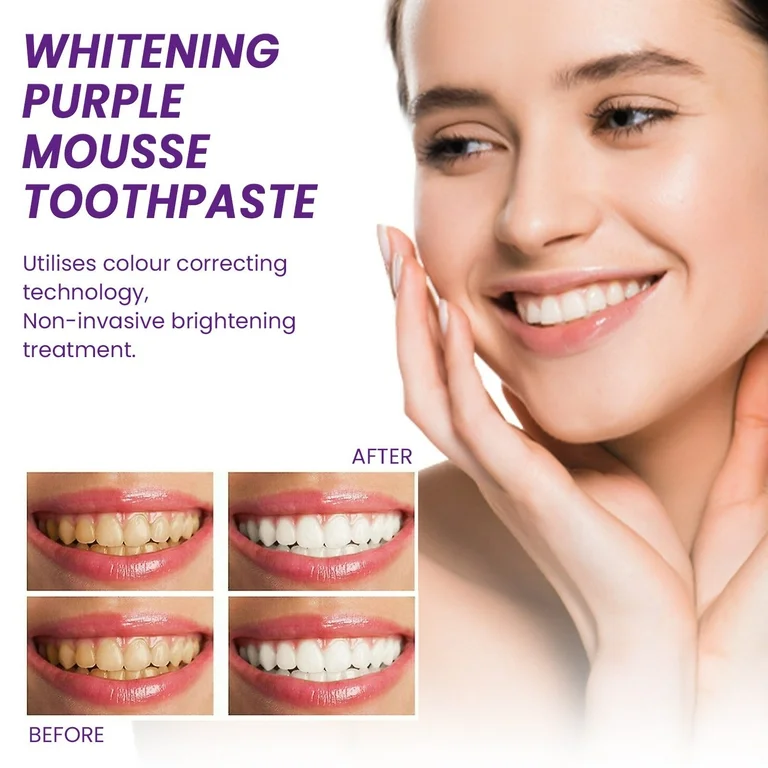
Signs to Monitor After Tooth Extraction
Monitoring the extraction site for signs of healing is crucial. After extraction, some swelling and discomfort are expected. However, specific symptoms may indicate complications. These symptoms include excessive bleeding, severe pain, or a foul taste in the mouth. Experiencing these symptoms requires immediate dental consultation.
Gum inflammation is another concern during the healing process. If the site appears unusually red or swollen, care is needed. Maintaining good hygiene is crucial at this time. However, using harsh products can worsen inflammation. Opt for gentle care during this time.
A follow-up appointment with the dentist provides clarity. Dentists can evaluate the extraction site and recommend appropriate care. They may guide adjusting oral hygiene practices. These recommendations play a significant role in overall recovery.
Following the dentist’s instructions ensures a smoother healing process. Keeping an eye on the extraction site prevents longer-term complications. Proper monitoring allows for early intervention if issues arise.
Lifestyle Changes to Consider Post-Extraction
Adopting specific lifestyle changes can greatly benefit recovery. Sticking to a soft-food diet is essential immediately after extraction. Foods such as yogurt, mashed potatoes, and smoothies are ideal. These foods aid in nourishing the body without disturbing the site.
Hydration is equally important, but there are restrictions. Drinking plenty of water facilitates healing but avoids straws. The suction can dislodge the blood clot, leading to complications. Thus, sipping from a cup is the safest option.
In addition to diet, managing physical activity is essential. Strenuous activities may exacerbate swelling or bleeding. Resting during the first few days promotes faster recovery. Gradually integrating physical activity once feeling better is advisable.
Avoiding tobacco products is another vital lifestyle change. Smoking can hinder healing and increase the risk of dry socket. Patience and self-care go hand in hand in promoting healing. Making choices that support recovery is ultimately beneficial.
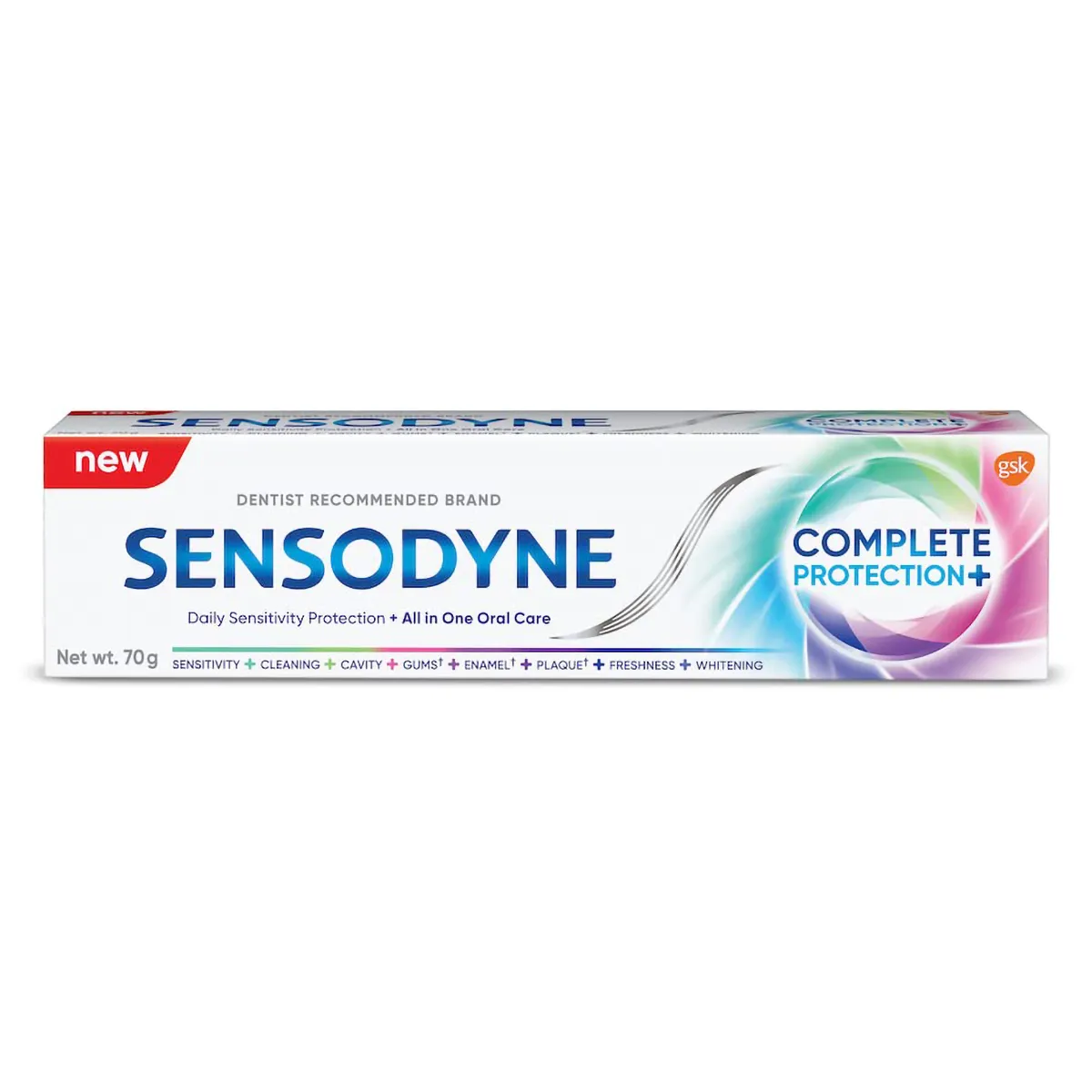
Psychological Effects of Dental Procedures
After tooth extraction, psychological effects may arise. Some individuals may feel anxious or fearful about post-surgery recovery. Understanding the healing process can alleviate some fears. Knowledge empowers individuals to manage their expectations effectively.
Patients should also be aware of their emotional state. The experience of dental procedures can lead to stress or anxiety. Practicing relaxation techniques can be helpful during this period. Deep breathing, gentle stretching, and mindfulness are excellent options.
Lastly, keeping communication open with dentists or oral surgeons is advisable. Discussing concerns helps alleviate anxiety. Dentists can provide support and guidance through the recovery journey.
Resuming Your Regular Oral Care Routine
After your mouth heals from a tooth extraction, you can resume your regular oral care routine. It’s essential to give your mouth the time it needs to recover before you jump back into your full oral hygiene regimen. Healing times can vary, so it’s best to follow the advice of your dental professional.
When to Return to Normal Oral Hygiene
Typically, you can return to your normal oral hygiene routine about a week to ten days after the extraction. This includes using toothpaste, flossing, and mouthwash as you did before. However, be sure to be gentle around the former extraction site. If you experience any pain or discomfort during brushing or flossing, ease off and give it some more time, or consult with your dentist.
- Wait for the go-ahead from your dentist to resume normal brushing and flossing.
- Even after healing, brush gently around the extraction site.
- Clot formation and gum healing are critical in the initial days following an extraction.
Tips for Maintaining a Healthy Mouth Post-Extraction
Once you start brushing with toothpaste again, here are some tips to help maintain a healthy mouth:
- Use a soft-bristled toothbrush to avoid irritation.
- Choose toothpaste that contains fluoride to help strengthen your teeth.
- Floss daily, but be gentle around the extraction area to prevent injury.
- Avoid smoking, as it can hinder the healing process and affect oral health.
A healthy mouth after tooth extraction involves more than just when to reintroduce toothpaste. Remember to adapt your oral care routine as needed and pay attention to signs of discomfort or complications. Keeping up with regular check-ups will help ensure your mouth stays healthy for years to come.
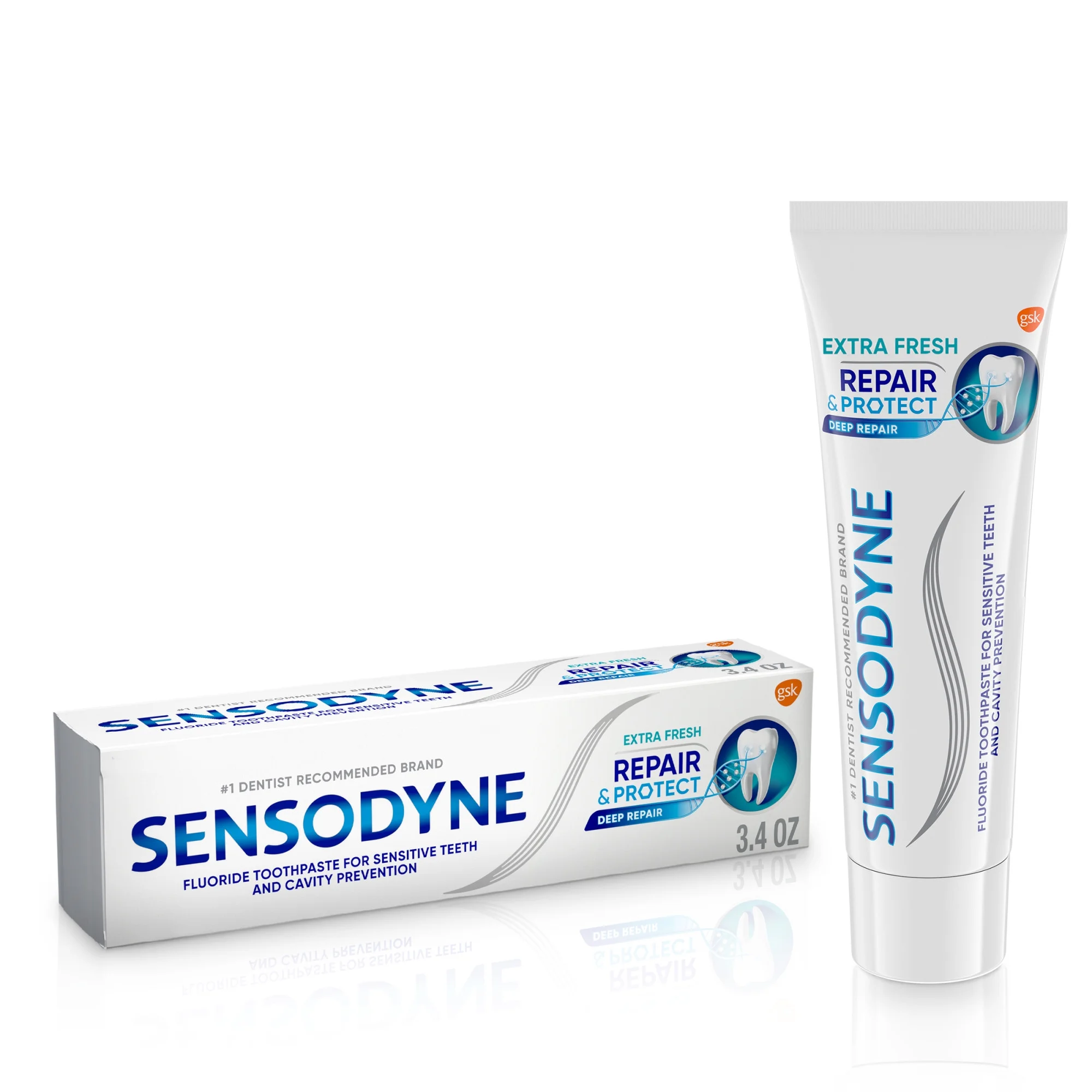
Long-Term Dental Health Maintenance
Caring for your mouth doesn’t stop after tooth extraction heals. It is a lifelong commitment. Here’s how to maintain dental health over the long term.
The Role of Regular Dental Check-Ups
Regular dental check-ups are vital in catching issues early. They help keep your teeth and gums healthy. Ensure you visit your dentist every six months.
- Early Problem Detection: Dentists can spot early signs of decay or gum disease.
- Professional Cleaning: Regular cleanings remove plaque and tartar buildup.
- Personalized Advice: Each visit is a chance to get tailored advice for your oral care.
It’s important to keep these appointments even if your mouth feels fine. Issues can develop without symptoms.
Good Practices to Sustain Oral Health
Beyond check-ups, good habits will help sustain your oral health. Incorporate these practices in your daily routine.
- Consistent Brushing: Brush twice daily with a fluoride toothpaste. Remember to change your brush every 3-4 months.
- Daily Flossing: Floss once a day to remove food and plaque from between the teeth. Be gentle near the former extraction site.
- Balanced Diet: Eat a balanced diet. Limit sugary snacks and acidic drinks which can harm tooth enamel.
- Avoid Tobacco: Smoking can lead to gum disease and oral cancers. Quitting smoking will benefit your long-term oral health.
Stick to these habits and you will help protect your teeth and gums. If you have concerns or notice changes in your oral health, contact your dentist.
Conclusion: Prioritizing Oral Health After Extraction
In summary, after a tooth extraction, oral hygiene is crucial. Patients must be mindful when using toothpaste. Opting for gentle, non-abrasive toothpaste is advisable initially. Waiting a few days before returning to regular oral hygiene practices can promote healing.
Monitoring the extraction site for signs of complications is vital. Resting, maintaining a soft diet, and avoiding tobacco products aid recovery. Communication with dental professionals plays a key role in reassuring patients.
In short, prioritizing oral health post-extraction is essential. Making informed decisions regarding oral care supports the recovery process. Ultimately, being proactive leads to a smoother healing journey.

